Energy efficiency from the ground up (LONG)
woodswell
17 years ago
Featured Answer
Comments (12)
smile3
17 years agowoodswell
17 years agoRelated Professionals
Dana Point Solar Energy Systems · Holliston Solar Energy Systems · Imperial Beach Solar Energy Systems · Aspen Hill Design-Build Firms · Aliso Viejo Home Builders · Home Gardens Home Builders · Riverbank Home Builders · Santa Cruz Home Builders · Wilmington Home Builders · Wyckoff Home Builders · Cedar Rapids Roofing & Gutters · Red Bank Roofing & Gutters · Orchards Roofing & Gutters · Sauk Village Roofing & Gutters · Vista Park Roofing & Gutterswoodswell
17 years agowoodswell
17 years agowoodswell
17 years agoericwi
17 years agoJXBrown (Sunset 24, N San Diego County)
17 years agowoodswell
17 years agowoodswell
17 years agowoodswell
17 years agosolargary
17 years ago
Related Stories
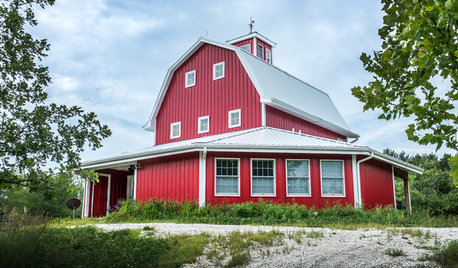
BARN HOMESHouzz Tour: An Energy-Efficient Barn Graces the Nebraska Landscape
Passive-house technologies and a rain-harvesting and greywater system conserve natural resources in this weekend country home
Full Story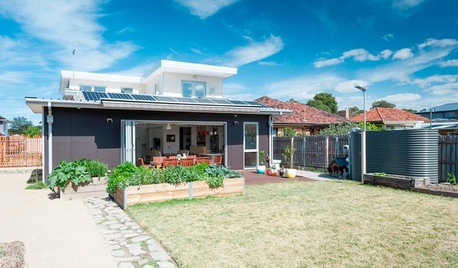
GREEN BUILDINGHouzz Tour: An Energy-Efficient Home for 3 Generations
This Australian house takes sustainability and accessibility to a new level
Full Story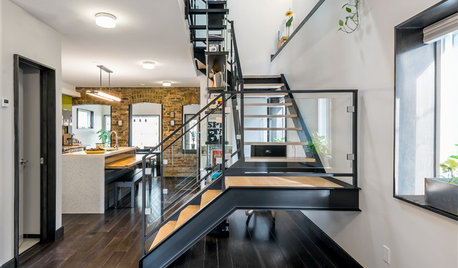
MODERN HOMESMy Houzz: Modern Exposure and Energy Efficiency in Toronto
A Canadian architect transforms an outdated bungalow into a thoroughly modern family home
Full Story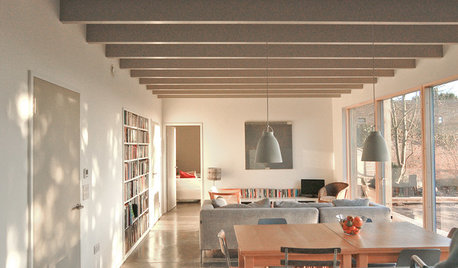
MODERN STYLEHouzz Tour: Hilltop Home With a View to Energy Efficiency
A contemporary light-filled English home makes the most of its location
Full Story
GREAT HOME PROJECTSHow to Install Energy-Efficient Windows
Learn what Energy Star ratings mean, what special license your contractor should have, whether permits are required and more
Full Story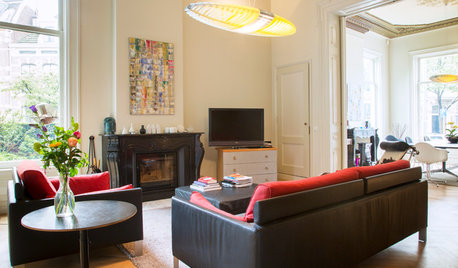
MY HOUZZMy Houzz: Renovation Brings Energy Efficiency to a Netherlands Home
A family of 5 tackles a potentially large gas and electric bill in a 19th-century house
Full Story
GREEN BUILDINGHouzz Tour: See a Concrete House With a $0 Energy Bill
Passive House principles and universal design elements result in a home that’ll work efficiently for the long haul
Full Story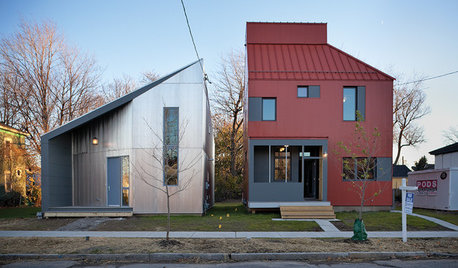
ARCHITECTUREEnergy-Saving Ideas From 3 Affordable Green-Built Houses
Get lessons in budget-friendly green building from design competition winners in New York state
Full Story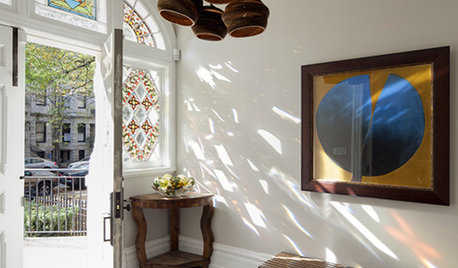
REMODELING GUIDESUpdate Historic Windows for Charm and Efficiency
Renovate old windows to keep the character but lose the energy outflow from your home
Full Story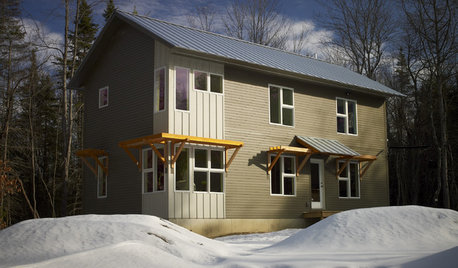
HOUZZ TOURSHouzz Tour: Energy-Efficient, 'Lean' House in Maine
Sustainable architecture and amazing light draw an environmentally conscious family to a new home
Full Story





RCMJr